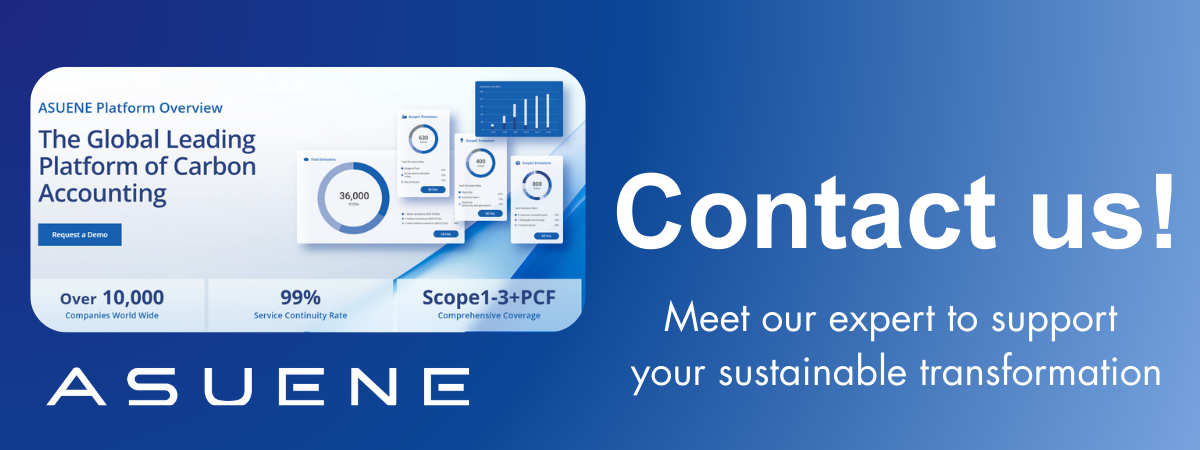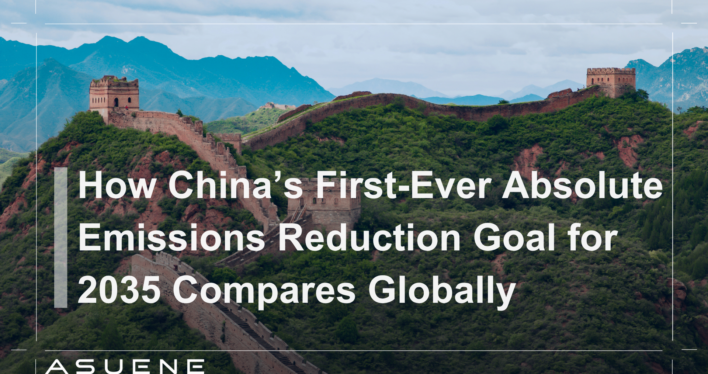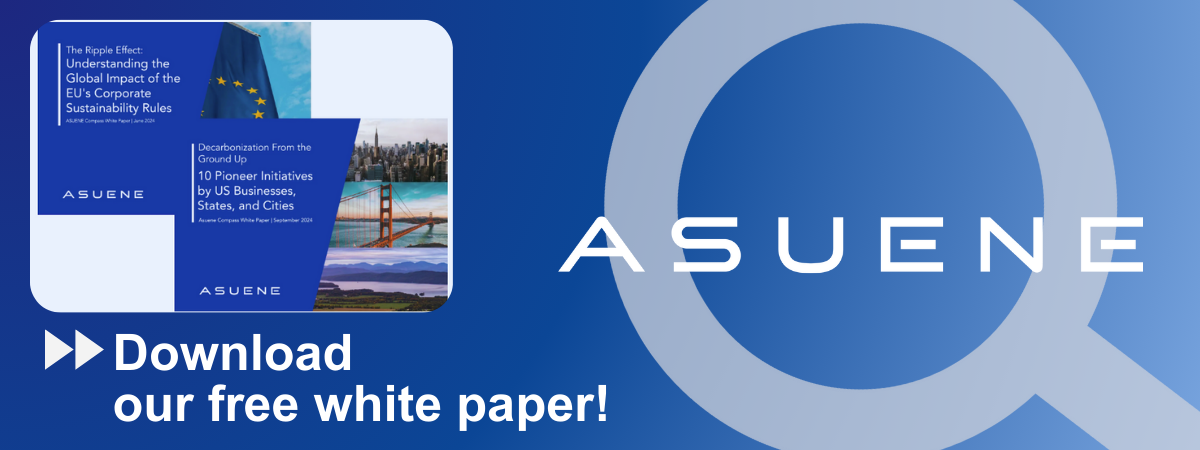- Article Summary
-
Introduction
China has announced its first-ever absolute emissions reduction target, committing to reduce national greenhouse gas emissions by 7–10% from 2020 levels by 2035. This marks a historic shift, as China has previously focused on relative targets such as carbon intensity reductions and peaking dates. Given China’s position as the world’s largest emitter, this new target is significant, but how does it compare with the climate goals of other major economies like the United States, European Union, Australia, and Switzerland?
China’s 2035 Climate Goals in Context
The pledge sets a milestone in China’s climate policy by moving beyond intensity metrics to an absolute cap. China has also paired this with renewable capacity goals, including a target of 3,600 GW of solar and wind by 2035, underscoring the nation’s pivot toward clean energy. Still, China’s broader commitments remain gradual: emissions are expected to peak by 2030 and carbon neutrality is targeted for 2060. The question is whether this pathway is ambitious enough to align with the Paris Agreement’s 1.5°C limit.
Implications for Business and Disclosure
Implications for Business and Disclosure
China’s adoption of an absolute emissions reduction target raises the likelihood of stricter national policies for industry. To achieve its 2035 goal, the government is expected to expand the scope of the national emissions trading system, set tougher energy efficiency standards, and accelerate renewable energy deployment. Another critical area is corporate carbon disclosure. Businesses may soon face mandatory requirements to measure and report emissions, especially state-owned enterprises and exporters integrated into global supply chains. For international brands sourcing from China, this means supplier disclosure and accountability will become increasingly important. Companies operating in or trading with China should prepare for tighter climate governance and align early with tools that support comprehensive carbon accounting and transparent reporting.
Possible regulatory instruments could include:
- Expansion of the national emissions trading system (ETS) to cover more sectors
- Mandatory disclosure rules for listed companies
- Supplier reporting obligations tied to exports
These changes would bring China closer to international disclosure frameworks such as ISSB and the EU’s CSRD. Businesses that act early by investing in reliable carbon accounting systems will be better positioned to comply and maintain competitiveness. Precedents from the EU and US already show how mandatory disclosure rules reshape supply chain expectations.

How Global Peers Compare
The United States is communicating an economy-wide target of reducing its net greenhouse gas emissions by 61–66% below 2005 levels in 2035, with the longer-term goal of net-zero by 2050. The European Union’s nationally determined contribution commits to at least a 40% economy-wide reduction of greenhouse gas emissions by 2030 compared to 1990 levels, moving toward climate neutrality by 2050. Australia is increasing the ambition of its 2030 target, committing to reduce greenhouse gas emissions 43% below 2005 levels by 2030, alongside a 2050 net-zero pledge. Switzerland has committed to a 65% reduction in emissions by 2035 compared to 1990 levels, with climate neutrality set for 2050. These commitments show that while advanced economies are setting sharper interim goals, China’s approach reflects caution despite being the largest emitter with the greatest potential to influence global climate outcomes.
Comparison of NDC Targets
| Country/Region | Target Year | Reduction Target | Base Year | Net-Zero Goal |
|---|---|---|---|---|
| China | 2035 | 7–10% absolute reduction | 2020 | 2060 |
| United States | 2035 | 61–66% reduction | 2005 | 2050 |
| European Union | 2030 | At least 40% reduction | 1990 | 2050 |
| Australia | 2030 | 43% reduction | 2005 | 2050 |
| Switzerland | 2035 | 65% reduction | 1990 | 2050 |
Conclusion
China’s first absolute emissions reduction goal represents a turning point in its climate strategy. Yet when compared globally, the ambition lags behind the United States, European Union, Australia, and Switzerland. The international community will be watching closely to see if China can accelerate action, scale its renewable deployment, and enhance its pledges in line with the Paris Agreement. The world’s largest emitter adopting absolute reductions is historic, but whether it is enough will depend on how swiftly and effectively China follows through.
Why Work with ASUENE Inc.?
ASUENE is a key player in carbon accounting, offering a comprehensive platform that measures, reduces, and reports emissions. ASUENE serves over 10,000 clients worldwide, providing an all-in-one solution that integrates GHG accounting, ESG supply chain management, a Carbon Credit exchange platform, and third-party verification.
ASUENE supports companies in achieving net-zero goals through advanced technology, consulting services, and an extensive network.


